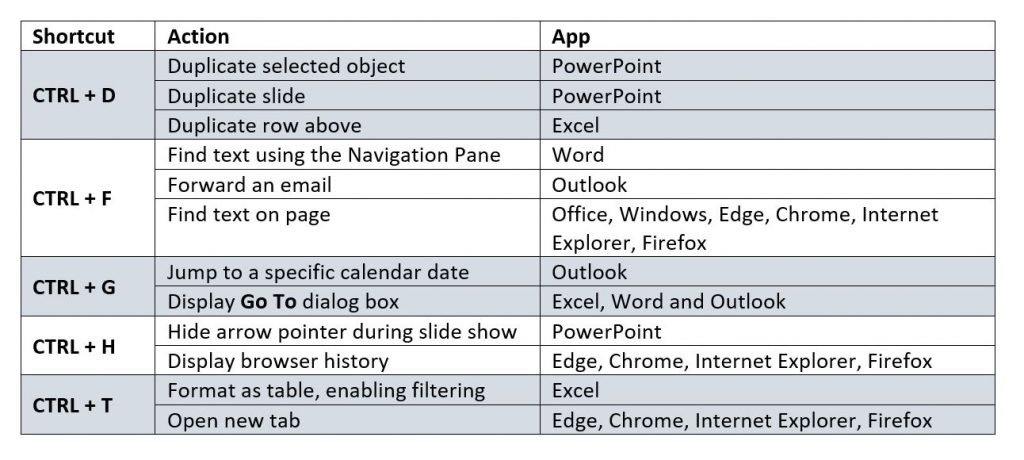
Use mnemonics to help you remember tips, shortcuts and formulas across Microsoft Office, explains Karen Roem
No, I don’t have an Aunt Sally… it’s a mnemonic I use when I explain why the Excel formula =3+4/2 is 5 instead of 3½.

In the example, more than one calculation is required (add and divide), and the “mathematical order” for solving it is easy to remember with the Aunt Sally phrase denoting the words Parentheses, Exponents, Multiply, Divide, Add and Subtract.
You change the mathematical order by using parentheses (posh word for brackets).

Do You Use Mnemonics?
Do you use mnemonics to help you remember something? In the Netherlands we call a mnemonic an “ezelsbruggetje,” which – literally translated – means “donkey bridge,” connecting new learning to old knowledge using alliteration, first letter acronyms, sound, rhymes and images.
For example, I use Richard Of York Gave Battle In Vain and My Very Easy Method Just Speeds Up Naming Planets to remember the order of the colours of the rainbow and the planets, respectively.
You probably do the same in your day-to-day tasks in Microsoft Office, using intuitive first letter acronym keyboard shortcuts, such as CTRL + C for Copy, B for Bold, P for Print, S for Save, N for New and F for Find.
Here are five more:

Here are more handy Excel tips:
Insert a Note
If you use F2 in Excel, you might also like SHIFT+ F2.
F2 is used to switch to edit mode and SHIFT + F2 is its big brother and will insert a sticky note.
If F2 does something else on your laptop, you also need to hold down the Fn key.
Select a Row or Column
In Excel, you can press CTRL + SPACEBAR to select a column and SHIFT + SPACEBAR to select a row. To remind myself whether to hold down CTRL or SHIFT, I use the first letter trick: C = CTRL = Column.
If you use CTRL + SPACEBAR in a column in an Excel table, it selects all data in that column, no matter where your cursor is.
Insert or Delete Rows and Columns
Did you know you can press CTRL + SHIFT + plus sign to add cells to your workbook and CTRL + minus sign to delete cells? So, one less key for deleting – intuitive, right?
These two shortcuts work best in a table, as it won’t prompt you to shift cells or entire rows or columns.
Insert a Column Chart
Click anywhere in your data and press the key that looks – a bit – like a column chart: F11.
If F11 does something else on your laptop, you also need to hold down the Fn key.
So, next time you ask yourself “How will I remember this?”, develop your own mnemonic. It never fails to amaze me what participants come up with when split into groups and asked to develop a memory aid for any of the topics learned. F11 looking like a column chart was one of those ideas!














I love mnemonics! That was the theme for my senior English term paper.
So it must be close to your heart, Wanda. By the way, in’t it ironic that the very word describing the technique intended to assist your memory is almost impossible to remember, let alone spell?!